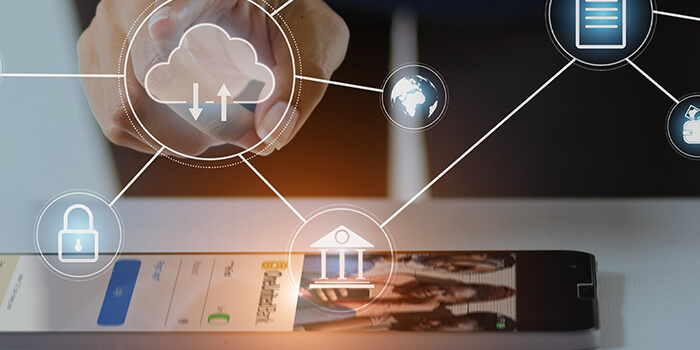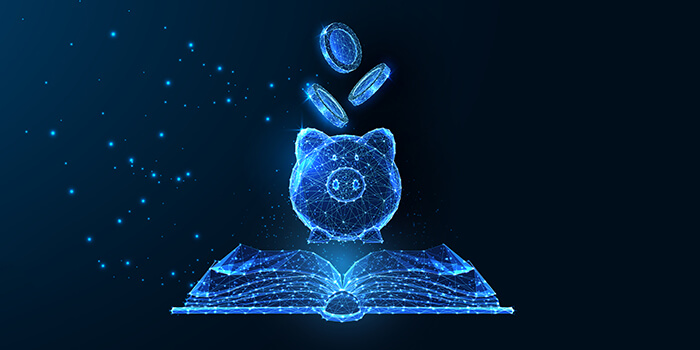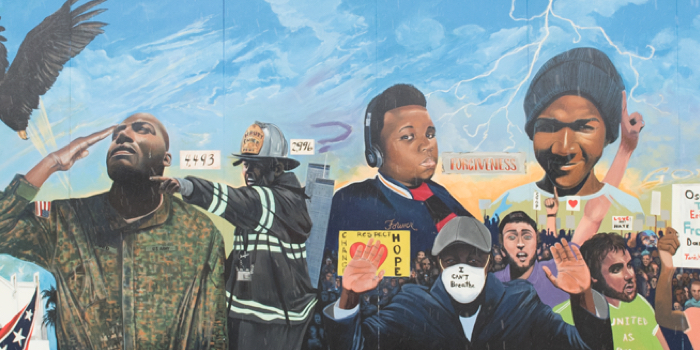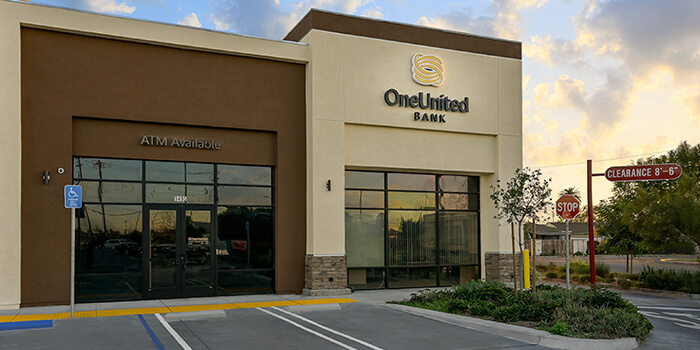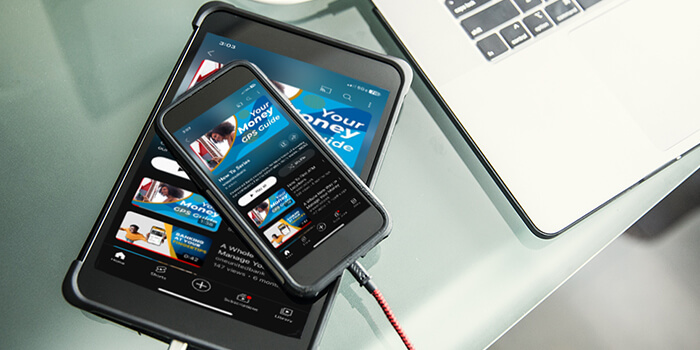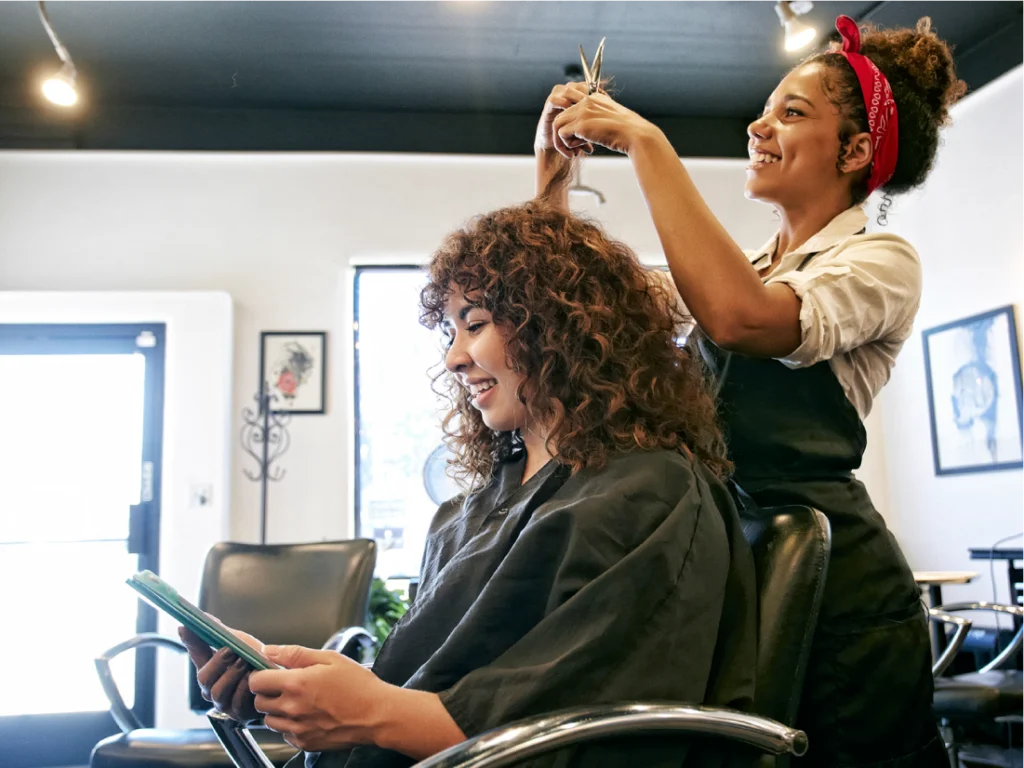Summary
When your money is moving faster than your system, it's time to do a system redesign. Join us as we help Danielle improve her personal finance hygiene, set boundaries, and automate away her financial stress.
Danielle started braiding hair in college as a way to make extra cash on her terms. What began as a way to cover books and grocery runs turned into a steady side hustle, leading her to dream of her future LLC and beauty business empire. By junior year, she was booked every weekend, balancing finals with appointments.
The money was flowing, but the finances? They quickly became a mess without a steady foundation in financial literacy.
She had one account for everything. Rent, ramen, edge control refills, and emergencies were all mixed together.
So when her laptop broke mid-semester, she pulled from whatever was available in her account and then spent weeks playing financial catch-up.
One day, something in her switched like a light. It was time to protect her personal finances and peace of mind by running her money like a business. No more piecemeal approaches. A full strategy was necessary.
Clean Money Is Calm Money
Danielle didn’t need more hustle. She needed better financial hygiene. Clean accounts, clear categories, and less chaos.
She started by opening separate checking and savings accounts so her business cash and personal spending could live separately. Now, when money came in, it had a dedicated home.
The account that paid her rent is separate from the account where her money lands from the payments she receives per head of hair she braids weekly. The more she worked to build dedicated accounts for different types of money and goals, the calmer she felt when it was time to pay her bills or restock her products.
With her busy schedule split between work and school, Danielle didn’t always have time to think about money. So, she let tech think for her. With WiseOne™ Insights, she gets AI-powered nudges, trends, and reminders that help her stay on track without getting lost in spreadsheets.
Money Rituals, Not Miracles
Every Sunday, Danielle checks her balances, sets weekly goals, and reviews her spending. The same way a business checks inventory or sales at the end of the business week.
She stopped guessing what she could afford and started tracking it. Using Money Management, she can see what’s coming in, what’s going out, and what needs attention.
For the first time, she wasn’t afraid to look at her bank account. She felt in control because she had moved money into the right personal accounts and could quickly see how her money stacked up against any scheduled personal expenses.
She also set up AutoSave to round up her personal purchases so that her extra change automatically builds towards a financial cushion. Every dollar saved goes into her separate personal savings and helps her reach a dedicated goal, so she isn’t trying to catch up on personal savings later.
Setting Personal Boundaries
One of her biggest shifts wasn’t about technology or financial products. It was behavioral.
Danielle stopped dipping into her business money to fix personal problems. When her car needed urgent repairs, she didn’t raid the money she made from her braiding business.
Instead, when she fell into car trouble one month and fell short on cash, she applied for CashPlease, a small short-term loan designed for moments just like this. She very clearly treated the personal loan like she would a business loan, and made sure to pay it within the loan terms using her personal income rather than her business revenue.
To complement her new approach to separating what is deemed personal or business, she started setting boundaries with clients. No more bookings via DM messages or missed payments. She began separating her channels of communication and placing boundaries in her relationships to preserve her energy and safeguard her time.
——
Danielle started to switch her mindset from growing her income to improving her financial clarity. She didn’t necessarily need more money. She needed to run her personal finances like a separate business.
Remember, even if you don’t run a business, you are the CEO of your money!



